About Beijing
 |
|
THE GREAT WALL Chinese have an old saying, “you are not a hero if not mounting the Great Wall.” This 3000 kilometer long wall, built upon the rolling mountain, was first started by the first emperor about 2500 years ago to defend the ancient kingdom against the invasion of barbarians from the north. This military bulwark was further fortified by emperors in the successive dynasties later. It is at present a symbol of the ancient Chinese civilization. It is said to be one of the only two man-made engineering projects visible to astronauts from space with naked eyes. |
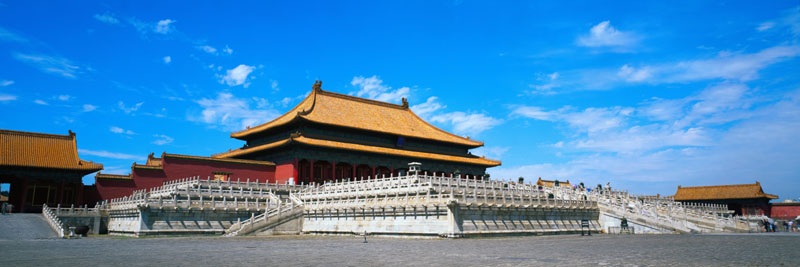 |
|
FORBIDDEN CITY The largest and best preserved ancient architecture in China today, the Forbidden City served as the imperial palace for 24 emperors. It was first built in 1406. The gargantuan project involved about 100000 artisans and one million workers. The layout is based on the Chinese philosophy of order and harmony. All the structures feature elaborate details, from flying eaves, golden ties, vermilion pillars to painted beams, window lattices and carved doors. This spreading palatial complex is also known as the Palace Museum, with a huge number of antiques and cultural relics hidden in its underground vaults. |
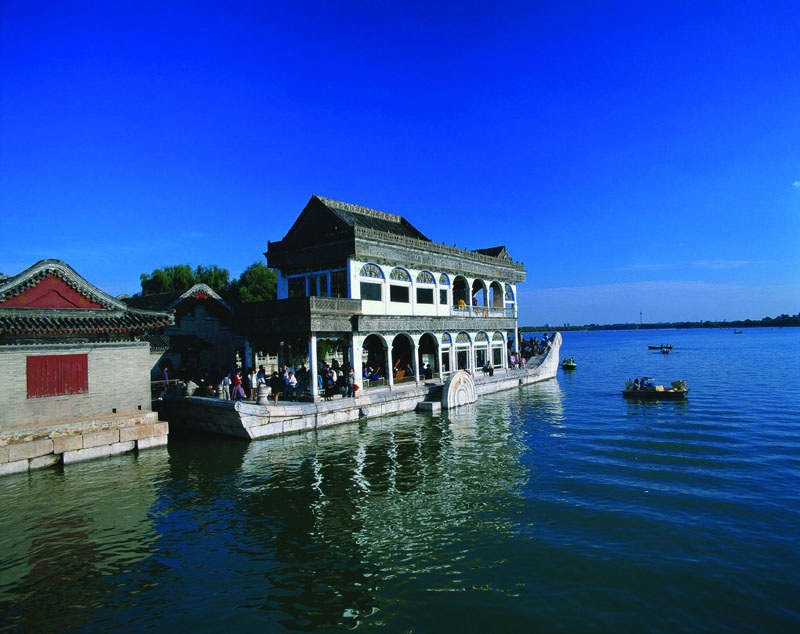 |
|
SUMMER PALACE This largest imperial garden in China was the summer retreat for emperors in the Qing Dynasty. A number of heritage architectures, such as pavilions, terraces and covered walkways, are nestled in the lush greens. A vast lake called Kunming Lake is the key feature of the retreat. The ornate walkways on the lake shore and the buildings on top of the Longevity Hill both offer a breathtaking view. |
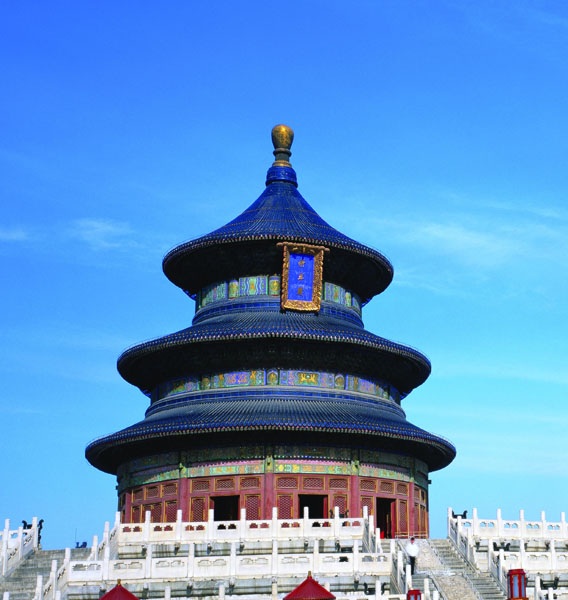 |
|
THE TEMPLE OF HEAVEN Both the Temple of Heaven and the Temple of Earth are where the ancient emperors of China paid ritual visits on certain days on Chinese lunar calendar and held ceremonies to pay tributes to Heaven and the God of Earth. To maintain harmonious relations between people and Heaven, or between people and the Earth, is the core of Chinese ancient philosophy. Both temples are the architectural wonders with abundant elaborate detail for people to marvel at. |
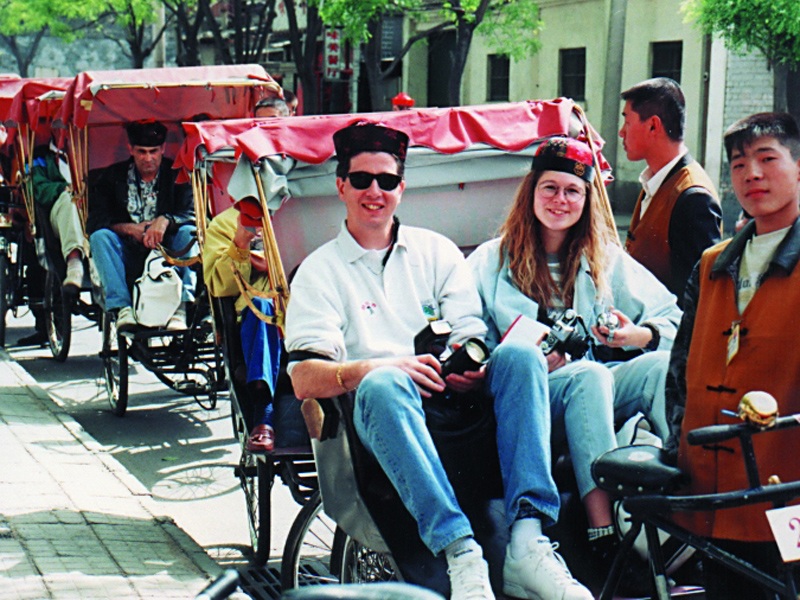 |
|
HISTORICAL HUTONG Thousands of small alleys, known as Hutong in mandarin, crisscross with each other through clusters of courtyard residences, creating a unique cityscape of Beijing. Hire a tricycle to have a ride in the centuries-old back alleys, and you will get a glimpse of Beijing’s history as well as the daily life of ordinary Beijing residence. The most fascinating program is Hutong Tour, including a visit to a royal garden of a Qing-Dynasty Prince and a Beijing family who lives in the traditional courtyard. |
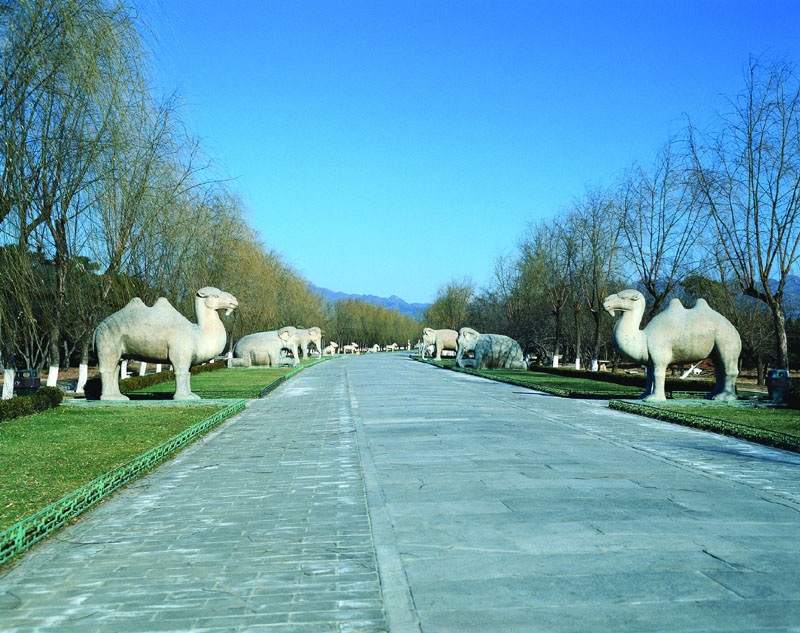 |
|
MING TOMB About an hour of car ride to the northwestern suburbs of Beijing, the imperial mausoleums are where 13 out of the 17 Ming-Dynasty emperors were buried, together with their wives and concubines. Only a few of the 13 mausoleums have been unearthed and are open to visitors, where people would be stunned by a spectacular underground world. The imperial mausoleums are encircled by mountains and all face south toward Beijing. |
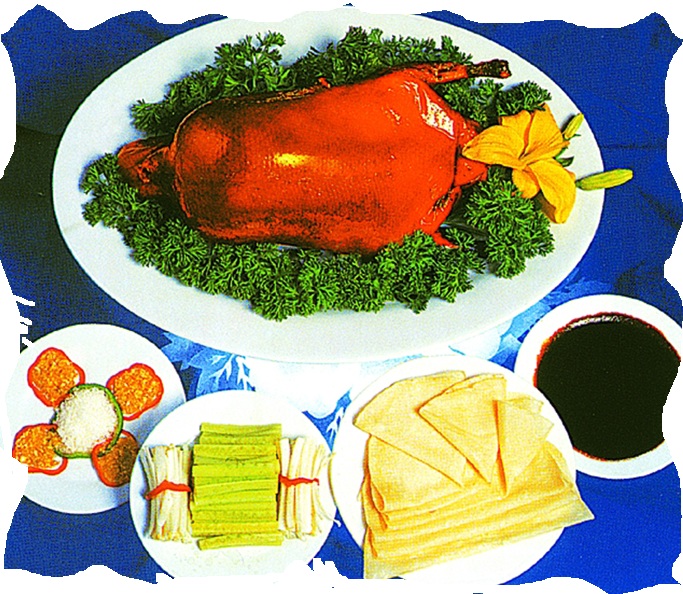 |
|
PEKING ROAST DUCK Here is the home of the world-famous Peking duck. It is where your gastronomic penchant is fully satisfied by a litany of appetizers, main courses and soup made from every part of duck. It is so fascination to see a chef prepare the roast duck just beside your table. |
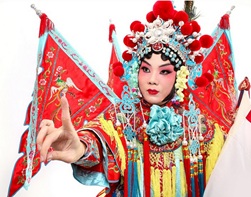 |
|
PEKING OPERA Chinese traditional opera is considered one of the world’s three ancient operas, together with Greek tragedy and comedy, and Indian Sanskrit opera. Among the more than 360 ancient local operas in China, Peking Opera is known as China’s national opera, despite its comparatively young 200- year history. |
 |
|
Beijing National Stadium Beijing National Stadium also known as the National Stadium, or colloquially as the Bird's Nest, is a stadium in Beijing, China. The stadium was designed for use throughout the 2008 Summer Olympics and Paralympics. Located in the Olympic Green, the $423 million stadium is the world's largest steel structure. The design was awarded to a submission from the Swiss architecture firm Herzog & de Meuron in April 2003, after a bidding process that included 13 final submissions. |
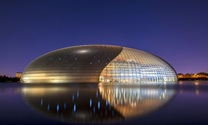 |
|
National Grand Theatre The egg-shaped National Grand Theatre that designed by Pail Andrenis is at the west of the Great Hall of People. The main building consists of an opera house, a concert hall and two theatres. And there is also an underground garage which can hold 1000 automobiles and 1500 bicycles. Outside there is a man-made lake that covers an area of 35,500 surrounding the National Grand Theatre. The most important part of the theatre — the golden opera house where opera and ballet will be put on can seat 5473 people. |





